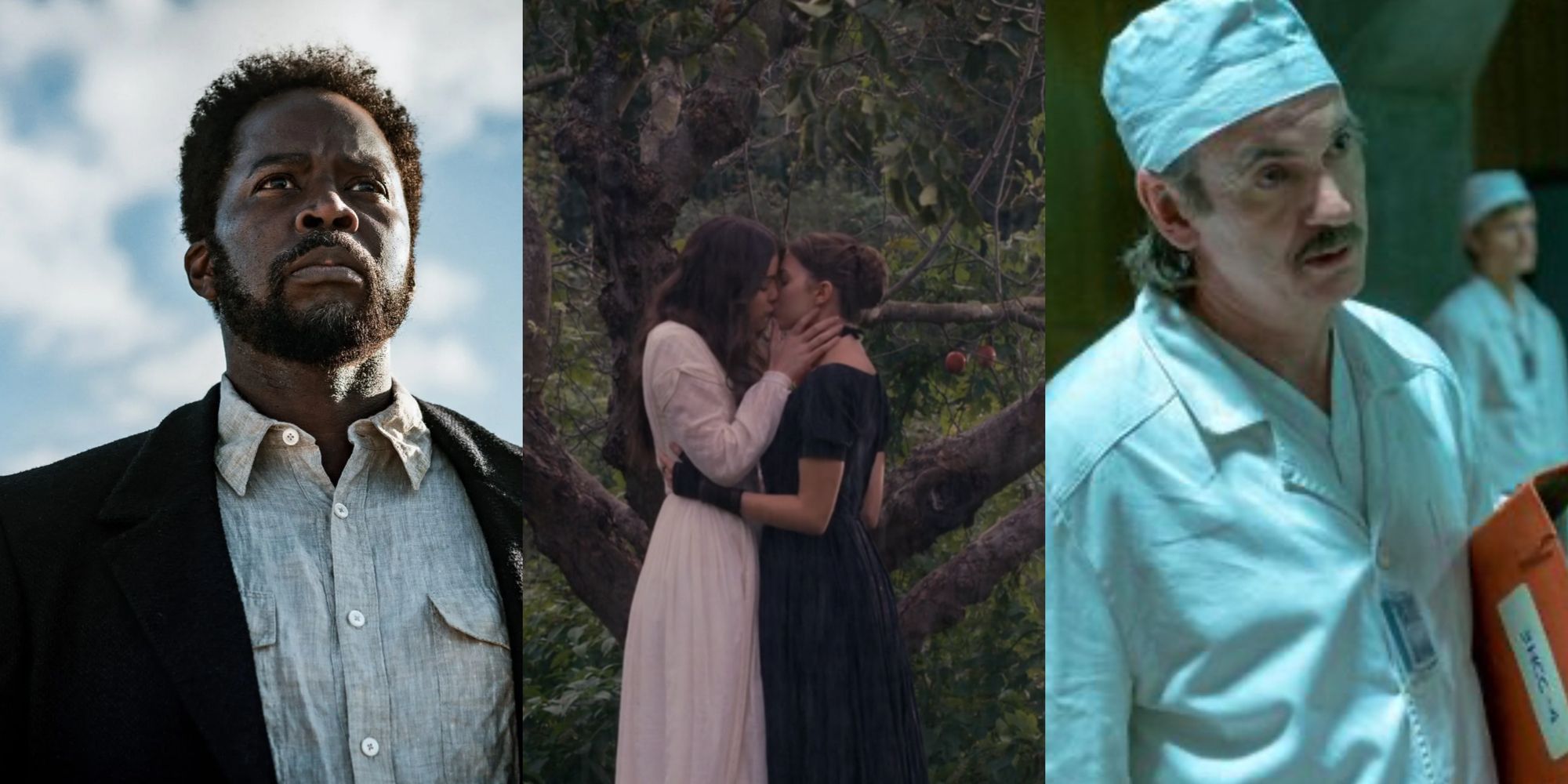In 1986, Nora Ephron published in the New York Times an amusing essay on revision that ended in an exhortation: “Revise now, before it’s too late.” I am approximately the same age now as Ephron was then (she had gone from being a newspaper journalist to essayist to—at the time—screenplay writer; I have gone from being a newspaper journalist to nonfiction writer to—at present—a fiction writer), and, as someone who longer works on deadline, I’d like to revise Ephron’s exhortation to “Revise always, it’s never too late.”
Patricia Smith has said that she encourages poetry students to revise for originality of thought, originality of language, and melodicity. These guideposts, I find, can and must be applied to any kind of writing. (At a previous writing desk, a magazine table where I wrote mostly book-length nonfiction, I kept a reminder note taped to the desktop that read PEDESTRIAN SENTENCES!, as in, “to avoid.”) What makes this sentence one that only you could have written? What makes this unforgettable image also carry its weight in revelation, in knowledge? Does this passage sing when you read it out loud?
For prose writers, I also must add this: Revise each paragraph until it becomes like a diamond, extremely beautiful and also extremely efficient—make it cut through glass. Adjust it to pack as much information as possible without compromising spaciousness, make the reader think deeper into a subject in a way that is also gorgeous, even if the subject breaks your heart? Approach each paragraph as you would a poem, then make it stun.
Approach each paragraph as you would a poem, then make it stun.
Fiction, as Ephron observes, is “the ultimate shot at revision.” Here, you can go beyond choosing to have a character “walk” or “plod” or “fly” up the stairs (or steps), or stay put: you can revise that character (and the stairs, or steps) entirely out of your book. You can toss a diamond you’ve just cut, and make a brand new one.
The note I have pinned above my current writing desk, a repurposed dining table where I write mostly fiction, reads STRESS THEM IN EVERY GRAPH. This is big-picture revision stuff: how each section ends dictates what happens next. Ideally, because I haven’t yet properly revised my perfectionist tendencies, no one but me sees my writing before this kind of revision takes place, before a story becomes a story.
“Revising is a breeze when you know what you’re doing—if you can look at your text coldly, analytically, manipulatively,” writes Annie Dillard in “How I Wrote the Moth Essay—and Why.” “The hard part is devising the wretched thing in the first place.” Over twenty-seven years of being a writer, revising and devising have largely merged into the one process for me: I revise as I write, on the level of the sentence, the paragraph, the page—but no writer, not even Annie Dillard, I daresay, can look at their text coldly enough.
This is where an editor steps in, a reader invested in the text but also distant enough from it to see it analytically and manipulatively. To prove this point: my best editors have been those who saw in my drafts something I had not seen myself, who pointed out to me the hidden (from me, the author) lacunae where the text could grow—or redundancies that had to be cut altogether. (Ultimately, you can revise the whole book out of your life, as I have done, twice, though each of these radical amputations definitely left phantom pains.)
This is the process I enjoy the most, because I get to learn anew about my story’s potential, because I get to spend more time inside it, and because, too, I learn about my own writerly tics and foibles. (I’ll tell you about those some other time.)
The most delicious stage of revisions may also be the most frustrating one: the manuscript returns from production and the copyeditor has questions about word choice. (If you are enrolled in an MFA program, the role of the copyedit might be filled by peer review.) What? Didn’t this piece just get read by an editorial team and line-edited by a brilliant editor? Yes, but this new reader is the closest my work has had to an outside eye so far. Besides (if this new reader is a copyeditor), it is literally their job to make my work the best it can be—and they are not convinced by my use of “iambic” to describe a landscape, and now it is my task to revise in such a way that it makes sense to them, preferably by the end of the day tomorrow.
Have I said I don’t work on deadline? Let me revise that; everyone does where publishing is involved. True eleventh-hour magic happens here, in this late stage, and once it all clicks into place, I know that I have done my best for my story at this particular time. Five months later, a year later, I hope I will have grown enough—as a writer, as a thinker—to want to tear into it again. And perhaps I will, because it is never too late.



























































